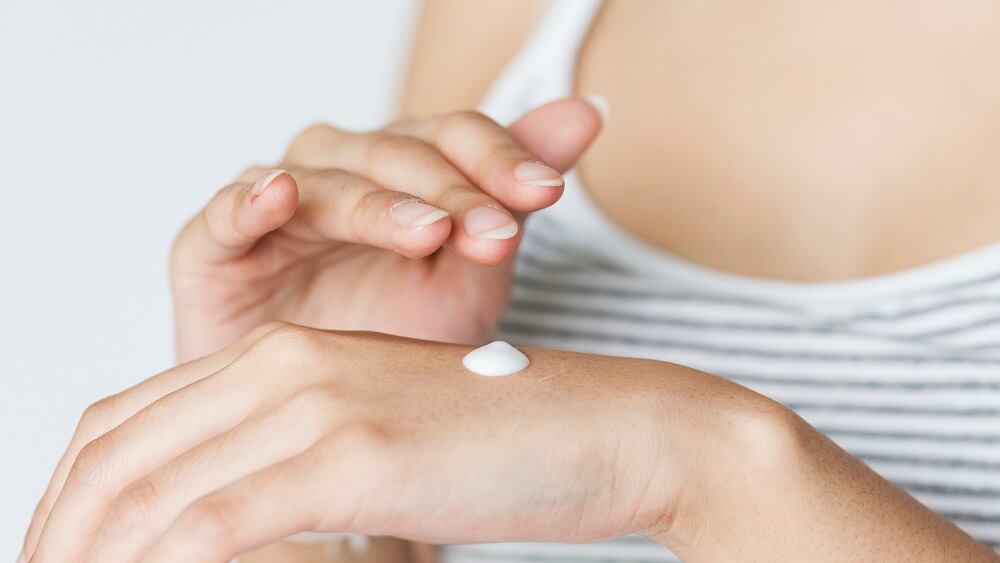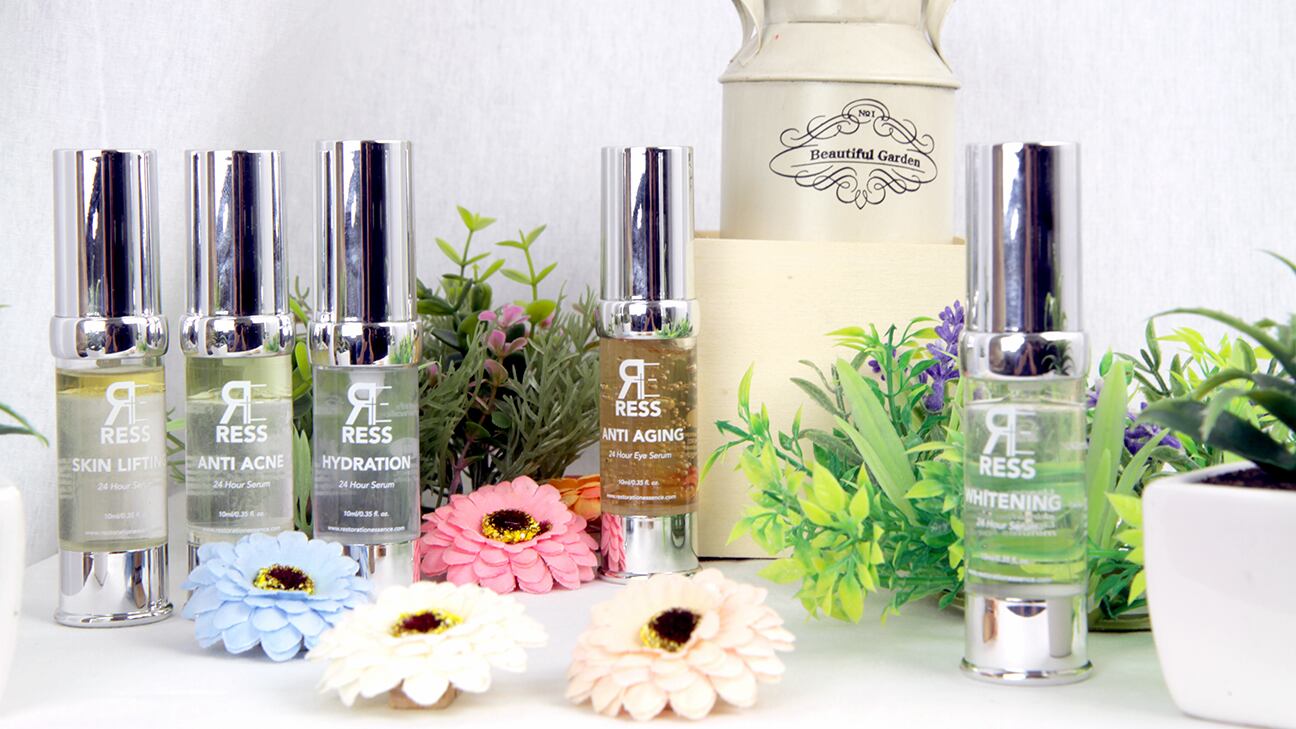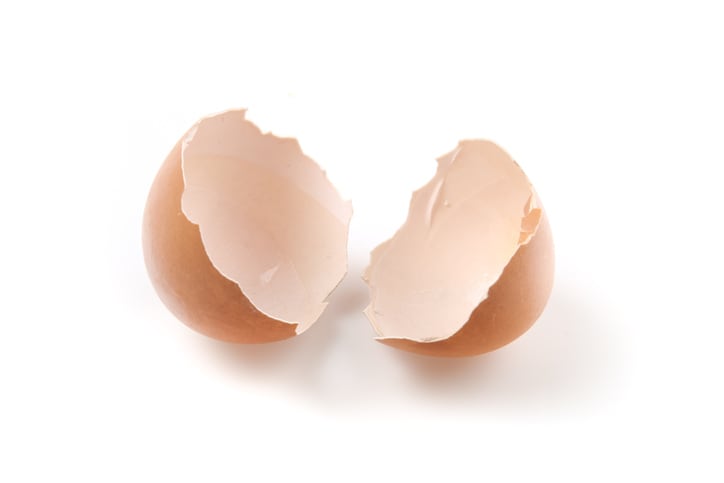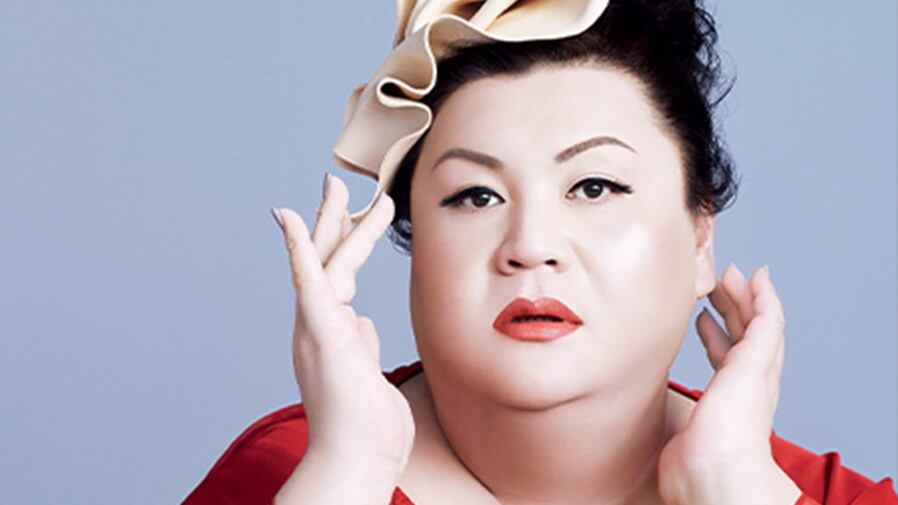With the constantly high demand for skin whitening product, the company said it saw the need to improve AA2G by making it compatible with gel formulations.
According to Daisuke Yasuoka of Nagase’s personal care products division, creating this was no easy task.
“We were developing this for a long, long time. Roughly, it took a few years. But we needed a gel because a lot of our customers required gel formulations. There is consumer demand also, for instance, Japanese consumers like gel formulas for the fresh feel,” said Yasuoka.
Popularity of quasi-drugs
AA2G is a time-released stabilised Vitamin C derivative produced from ascorbic acid and starch using enzymatic technology developed by the company.
The company claims that the active can significantly reduce hyperpigmentation and age-spots.
Studies by the company showed that the active suppresses melanin synthesis by inhibiting tyrosinase activity in skin cells.
According to the company, AA2G is gradually converted into active vitamin C in the skin and therefore has a greater sustained effect than conventional vitamin C.
In Japan, AA2G is considered a whitening quasi-drug, which means it has been approved the Ministry of Health, Labour and Welfare of Japan.
In the massive skin whitening market in Asia, skin lightening or whitening quasi-drugs remain extremely popular in Japan and Yasuoka believes the popularity of such products is spreading around the region.
“Whitening quasi-drugs have been very marketable in Japan. Now it’s spreading to countries like China and Korea. Some multi-nationals have released such products especially for the Japanese market because not only will it sell in Japan but in China as well.”
The rising popularity of the J-beauty movement is also fuelling this demand.
Yasuoka believes the demand for J-beauty can be attributed to Japan’s cosmetic reputation.
“Japanese materials are known to be safe, stable and natural. Materials which are made in Japan are very marketable. Many customers around the world want materials that are Japan-made. It’s a very good selling point.”
Global expansion
Yasuoka said the company was tapping into these trends to expand its business globally.
“We have many subsidiaries around the world but we will mainly focus on Europe, the US and China,” he said.
He elaborated that the company saw a lot of potential in the US and European market.
While China’s growing cosmetics market presents plenty of opportunities for the company, Yasuoka noted that it posed more challenges due to the ever-changing regulations.





